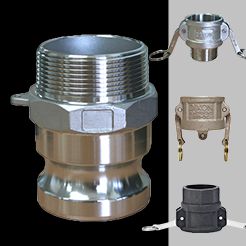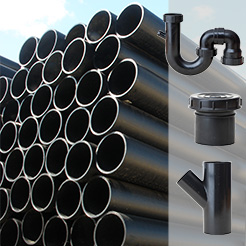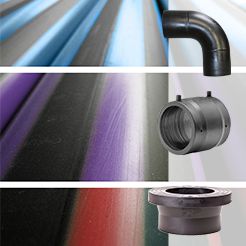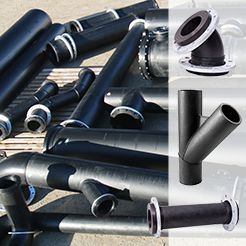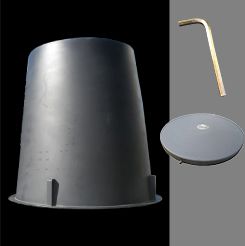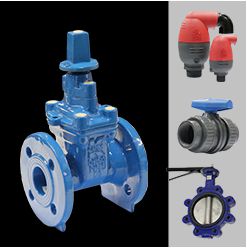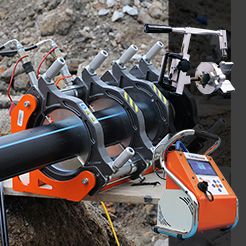# 1 - Do not cut hole through pipe before welding
When installing branch saddles, it is quite tempting for the installer to cut the hole through the pipe before welding the branch saddle. Do not do this, ever! This will cause the weld to fail, for the following reasons. Whilst the saddle is welding, pressure builds up in the area of the molten plastic. Pressure is a very important function of a successful electrofusion weld. If there is a hole nearby the pressure zone, the pressure will tend to want to move to the point of least resistance, and that will be the hole in the pipe. Due to the hole weakening the "hoop strength" of the pipe, the plastic will tend to soften and sag around the hole. As the molten plastic is moving in that direction, it drags the electrofusion copper coils with it. Eventually the coils start touching each other, which causes an electrical short, the wires that are left in the conductive coil are having too much electricity pumped through them, they get super hot and start burning the plastic, causing a lot of smoke. The amateur video below shows an example of this happening.
# 2 - The scrape area on the pipe must be large
.A common misconception for scraping of electrofusion saddles is that you only need to scrape the area on which the saddle is touching the pipe. The correct way to scrape the pipe is to scrape at least 100mm extra either end of the saddle. What happens with scraping a smaller area, is that the scrape area becomes dished, the saddle is touching only the most shallow scraped points and when welded, the wires in the saddle are heating air rather than pipe, which will cause joint failure every time. Be sure to scrape a long and consistent peel with every pass and be sure not to miss any spots.
# 3 - Do not wind down tapping tool STRAIGHT after weld
Immediately after a weld, the pipe and fitting are still soft from the welding process. When using the 'tapping' type of electrofusion saddle, the pipe and fitting must have completely cooled before winding down the self tapper. If the pipe and fitting are still soft, the weld will de-laminate and the hole will not successfully cut through.
# 4 - Strap or under-clamp must be sufficiently tight
If the strap or underclamp are loose during the weld, there will not be sufficient pressure build up during the weld to allow a successful weld. Installers need to ensure the strap or underclamp is tight enough to not allow any movement of the saddle during the weld.
# 5 - Tapping Saddle must be correct size
This one sounds obvious, but unless the manufacturer states otherwise, you must use the correct size tapping saddle. Some saddles are designed with an allowance for multiple sizes, they will have a size range minimum and maximum, stay within these boundaries.
Updated: 25th January 2017
Sales + Customer Service:
Head Office:
5 Richards Rd Swan Hill Victoria 3585
Melbourne Despatch:
2 Richards Circuit, Keilor Park Victoria 3042
(by appointment only)
POPULAR PRODUCTS
CONTACT MATRIX PIPING



